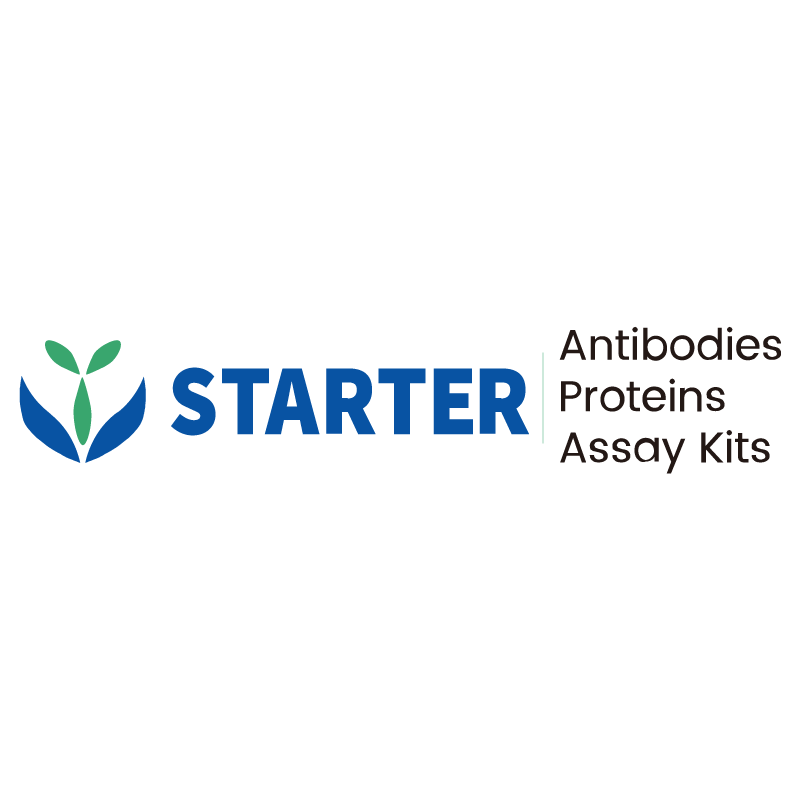Flow cytometric analysis of Human PBMC (human peripheral blood mononuclear cells) , treated 48 hours with 10 μg/ml PHA (Right panel) or untreated (Left panel), labeling Human CD137 at 1/2000 dilution (0.1 μg). Goat Anti - Mouse IgG Alexa Fluor® 488 was used as the secondary antibody. Then cells were stained with CD25 - Brilliant Violet 421™ antibody separately.
Product Details
Product Details
Product Specification
| Host | Mouse |
| Antigen | CD137 |
| Synonyms | Tumor necrosis factor receptor superfamily member 9; 4-1BB ligand receptor; CDw137; T-cell antigen 4-1BB homolog; T-cell antigen ILA; ILA; TNFRSF9 |
| Location | Cell membrane |
| Accession | Q07011 |
| Clone Number | S-2851 |
| Antibody Type | Mouse mAb |
| Isotype | IgG1,k |
| Application | FCM |
| Reactivity | Hu |
| Purification | Protein G |
| Concentration | 2 mg/ml |
| Conjugation | Unconjugated |
| Physical Appearance | Liquid |
| Storage Buffer | PBS pH7.4 |
| Stability & Storage | 12 months from date of receipt / reconstitution, 2 to 8 °C as supplied. |
Dilution
| application | dilution | species |
| FCM | 1:2000 | Hu |
Background
CD137, also known as 4-1BB, is a co-stimulatory molecule expressed on the surface of activated T cells and natural killer cells. It plays a crucial role in enhancing the immune response by providing additional signals that promote T cell proliferation, survival, and cytokine production. CD137 is a member of the tumor necrosis factor receptor superfamily and its ligand, CD137L, is primarily found on antigen-presenting cells. The interaction between CD137 and CD137L helps to sustain the activation of T cells and supports the development of long-lasting immune responses, making it an important target for immunotherapy in cancer treatment and other diseases where modulation of the immune system is beneficial.
Picture
Picture
FC


